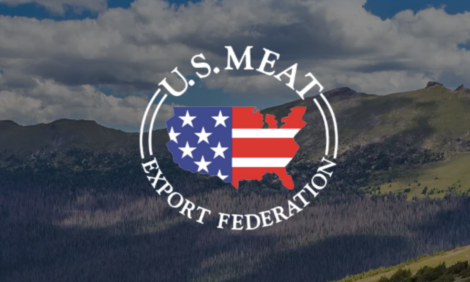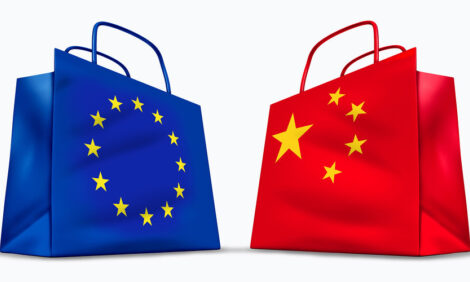



CAB President Says it's Time for Balance
US - Premium branding shows the way to balance sustainability today with beef’s long-term consumer demand, relative to other proteins. That’s the message shared by John Stika, president of Certified Angus Beef LLC (CAB), during the Beef Industry Issues Forum in Reno, Nev., in February.The Forum, a rotational session called “Driving Consumer Demand,” was part of the National Cattlemen’s Beef Association annual convention and trade show.
Brands create loyalty by adding value beyond a name when they deliver on a promise. In the case of beef, that usually means taste, Stika said.
“If we can’t deliver on that promise, what are consumers going to do? Buy something else.” Branding can go beyond taste to self image, Stika added. “For example, ‘natural’ needs to deliver on an image as well as the product promise, so that consumers feels good about themselves; they value that production system.”
* "You can fool some consumers for a while, but they will figure it out." |
|
John Stika, president of Certified Angus
|
But it can’t be just about perceptions, he warned. There must a tangible value. “You can fool some consumers for a while, but they will figure it out. They will either switch to something just as good but cheaper, or something better that truly delivers on the price-for-value relationship,” Stika said.
Demand can be evaluated as “pull-through” or “push-through,” he said. When demand is greater than supply, we have a sustainable, pull-through system. Stika said premium quality beef is a good example.
“In a push-through system, there is more supply than demand, so you end up cutting prices to move inventory, which is not a sustainable system.” Select or lower grading beef fits this latter category, he said.
Stika said USDA certifies 22% of all beef into 67 programs. “That’s up from 41 programs in 2001, so branding has seen tremendous growth. But only a quarter of those programs require upper two-thirds Choice and Prime,” he said. “Those programs are pulling cattle through, taking in 46% of all certified cattle.”
The other, “push-through” brands must deal with a floor level of demand. “They are really just commodities,” Stika said, “unless there is something else such as a guaranteed tender or natural claim that adds value to that image component some consumers find important.”
While tenderness is a very important component of taste, Stika said it has become a “threshold trait.
If it’s tender, it’s in. If not, they’re going to another protein. The industry has done such a good job in addressing tenderness concerns that the other taste traits are more important now.
“We talk about quality as being more than marbling, and I agree; it is a number of things,” the CAB president said. “But the idea that you can have quality that doesn’t involve marbling is a crutch to justify producing low-quality cattle.
“The consumer wants taste, and that’s tied to marbling. The consumer pays for quality, and that’s tied to marbling,” Stika said. “So let’s use our customer’s definition, from the National Beef Quality Audit, where marbling was the top concern.” The U.S. is the world’s leading supplier of high-quality beef, which makes marbling even more important, he added.
Of course, profitability must be the watch word. “Planning to maximize the value of every calf that leaves the ranch means sustaining ourselves in the short term, while building beef’s position relative to other proteins,” Stika said. “The last time we took our eyes off of consumer demand, we went through 22 years of declining market share.
“If we look at history, we have some guidance through these challenging economic times. According to Cattle-Fax, the premium beef sector generates half a billion dollars a year, or $20 per head for the entire cattle industry. Meanwhile, our customers are saying if they want Select beef or lower, they can get it cheaper outside of the U.S.”
Although there is a basic demand for Select beef, Stika questioned, “Should that be our goal? Shortsighted decisions can have long-term ramifications. We have to look at history to find sustainable solutions for our industry that keep consumers coming back.”
Looking at a 10-year retail meat price trend, he noted beef prices have risen dramatically compared to pork and chicken. “Our value proposition to the consumer is more important today than it has ever been. If we try to produce a lower quality product and sell at this highest price, it’s easy to see what the consumer is going to do, and they are doing it today.”
Stika concluded, “In premium quality beef, we have the high ground—flavor—and we should build on it rather than give it up. Yes, we are in the pounds business. Even CAB evaluates success by how many pounds licensees sell. But, a pound of gold is worth a lot more than a pound of lead. Our future depends on finding the balance between least cost and keeping consumers coming back to beef, not switching to pork or poultry.”
TheCattleSite News Desk



